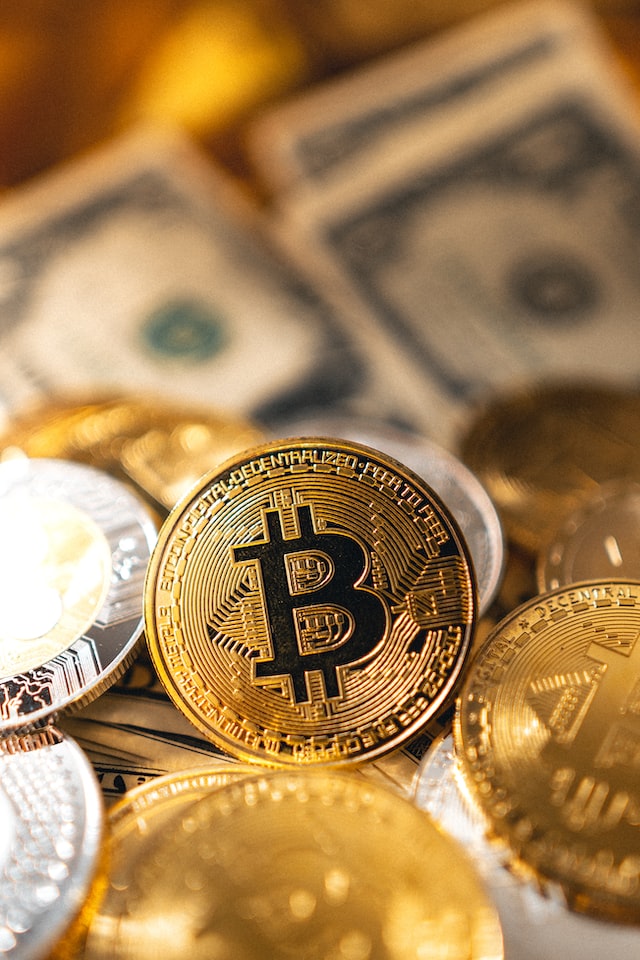 Photo by Art Rachen on Unsplash
Photo by Art Rachen on Unsplash
The standard affiliate program model has been helpful to the online gaming business. However, it has severe drawbacks that hold the sector back, especially in the areas of transparency, compensation and tracking that turn off investors.
The cookie-cutter approach of putting all affiliates‘ eggs in one basket with a single channel ends up jeopardizing payouts. Strengthening the infrastructure and systems that govern gaming affiliate partnerships will help develop solid business connections while mitigating these disadvantages.
Getting Paid with Bitcoin Wallets
In 2019, PeerGame debuted on the BSV network after taking inspiration from SatoshiDice’s failure on the BTC network. It immediately established itself by expanding its services beyond classic casino games (including blackjack, roulette and baccarat) to non-traditional titles (e.g., „Ladder,“ „Coin Battles,“ and „Turtle Race“).
The company opened its door to PeerGame’s Affiliate Partner program, where gaming affiliates can use the brand’s seamless payment functionality while giving PeerGame’s clientele access to these titles. They will also get commissions proportional to their referrals‘ wagers directly into their Money Button or HandCash wallets.
„No need to claim the payouts, it will just automatically keep pinging your wallet, and so you can just enjoy watching your wallet get fatter in real-time,“ PeerGame explained.
This is great news, especially for those who struggle to calculate their share from a partner company’s end-of-month revenue. Having all the information in one place will streamline computations and free up time to focus on other client-specific obligations.
Like PeerGame, TonicPow leverages blockchain solutions for client campaigns. TonicPow CEO and co-founder Luke Rohenaz noted that blockchain is a natural match for data interoperability as it is an organization-neutral database. This makes it easier to analyze and handle data across multiple organizations, eventually transforming how gaming affiliates engage in marketing.
He added that TonicPow records every transaction and activity, with payouts directly on the blockchain. So, an affiliate can earn these commissions once a player satisfies the minimum deposit requirements or makes a deposit.
Tracking with the BSV Blockchain
Even when a customer and an affiliate’s tracking data contradict each other, blockchain helps keep things moving smoothly. Malicious operators, especially those on a revenue share system, can deprive affiliates of future income by de-tagging their affiliate code from a whale player, a big-spender user who buys in-game items and upgrades. While this is considered fraudulent and unethical, it still happens.
Currently, the operator collects and processes player data before providing it to the affiliate. Blockchain allows data transmission at the source without needing a network operator, giving operators and affiliates access to real-time data with confidence that they receive accurate information.
This data is auditable, trackable, and can automatically connect with other systems, putting them in a prime position to detect discrepancies. Larger data sets also give a deeper understanding of what transpires during a consumer’s journey and how to account for attention, engagement and conversion.
With TonicPow’s aversion to a cookie-cutter approach, their team began working on the process of allowing companies to negotiate individual prices for the gaming affiliates they choose to cooperate with. Similarly, TonicPow simplifies how marketers evaluate whether or not a current contract is delivering the traffic value they were looking for.
Through the BSV blockchain, instant payout eliminates any payment discrepancies for affiliates while building long-term relationships with company partnerships. Although traditional channels will continue to function in this space, the blockchain-based influencer/affiliate channel will see payouts triggered with coupon codes by 2023.

